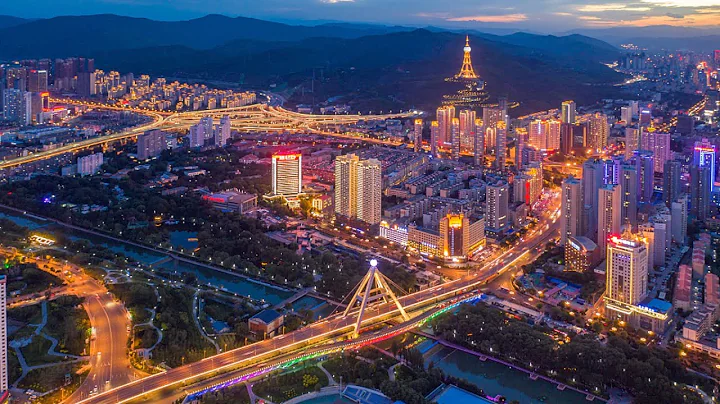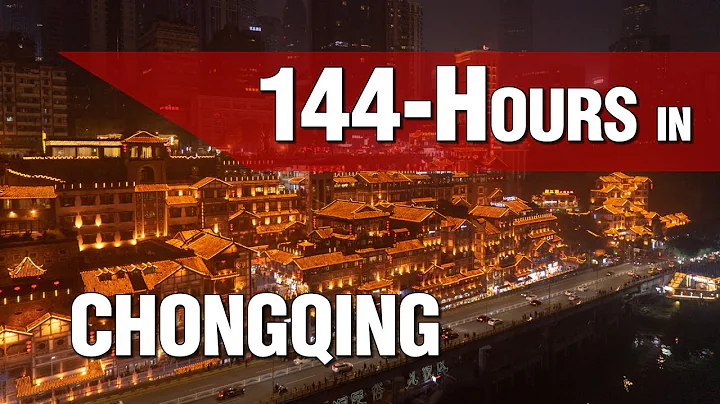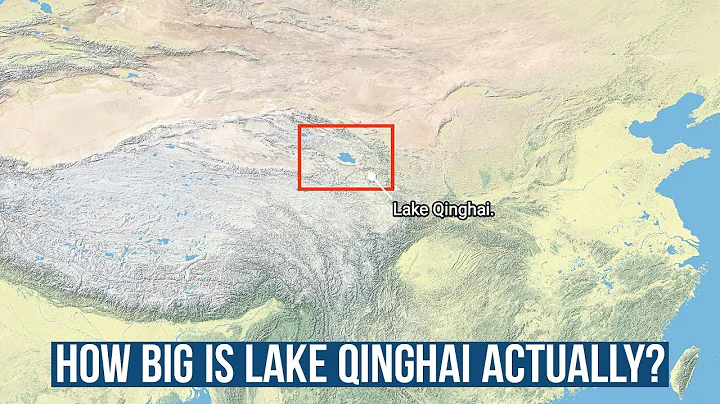
The 2020 photovoltaic grid-connected guide price and subsidy standards have been implemented recently.
On March 31, the National Development and Reform Commission issued the "Notice on Matters Concerning the On-grid Price Policy for Photovoltaic Power Generation in 2020". From June 1 this year, the guide prices for new centralized photovoltaic power stations in Class I-III resource areas will be respectively. The subsidy standards for industrial and commercial distributed photovoltaic projects in the mode of "self-use and surplus power grid" are 0.35 yuan (tax included, the same below), 0.4 yuan, and 0.49 yuan per kilowatt hour; the subsidy standard for household distributed photovoltaic The standard adjustment is 0.08 yuan per kilowatt hour.
Compared with the photovoltaic on-grid tariff and subsidy policy in 2019, this year’s guide prices in Class I-III resource areas were reduced by 0.05 yuan, 0.05 yuan, and 0.06 yuan per kilowatt hour, respectively, with decreases of 12.5%, 11.1%, and 10.9% respectively. The subsidy standard for distributed photovoltaic projects in the "self-consumption and surplus power grid" model was reduced by 0.05 yuan per kilowatt hour, a decrease of 50%; the subsidy standard for household distributed photovoltaic projects was reduced by 0.1 yuan, a decrease of 55.5%.
Looking back 12 years ago in 2008, the National Development and Reform Commission approved 4 projects in batches with an approved electricity price of 4 yuan/kWh. This was the first time that my country explicitly proposed a photovoltaic on-grid electricity price. In more than ten years, photovoltaic on-grid electricity prices have dropped by 91% from 4 yuan to 0.35 yuan, and the era of parity seems to be around the corner.
In 2008, the National Development and Reform Commission issued an approval for the on-grid electricity price of Inner Mongolia Ordos and Shanghai Chongming solar photovoltaic power stations. The approved on-grid power price was 4 yuan per kilowatt-hour, which became the beginning of commercial photovoltaic power stations in my country.
In 2013, the National Development and Reform Commission issued a notice on leveraging price leverage to promote the healthy development of the photovoltaic industry, implemented a regional benchmark on-grid electricity price policy, and divided the country into three types of solar resource areas based on the annual equivalent utilization hours. Among them, the annual equivalent utilization hours are greater than 1600 hours, which is the first-class resource area, the period between 1400-1600 hours is the second-class resource area, and the period between 1200-1400 hours is the third-class resource area.
In 2018, photovoltaic electricity prices were reduced twice. Among them, the 531 policy, which shocked the entire industry, lowered the benchmark electricity price, and distributed subsidies by 0.05 yuan. It also stipulated that only 10GW of distributed photovoltaic scale would be arranged in 2018, and the deadline The deadline has been advanced to May 31. In addition, various localities are not allowed to arrange ordinary power stations that require state subsidies. After the issuance of this policy, the industry reshuffle accelerated.
In 2020, the new photovoltaic on-grid electricity price policy was introduced. The guided electricity price in Class III resource areas has the largest decrease, and the difference between Class II resource areas and Class II resource areas is 0.09 yuan. In contrast, the gap in electricity prices between Class II resource areas and Class I resource areas is smaller, with a difference of 0.05 yuan. . According to news from three ministries and commissions, 2020 will be the last year that photovoltaic power generation enjoys subsidies, and the end of subsidies means the arrival of the era of grid parity.
In the opinion of industry insiders, these declines are basically in line with expectations. Han Chen, an analyst at Guangdong Securities, believes that the electricity price adjustment plan announced this time is basically consistent with the second version of the draft. From the bidding results in 2019, we can see that the current guide price still has a certain profit margin. Of course, this part It will also give investment companies more room to maneuver in subsequent bidding.
"Due to the different reductions in the guided electricity prices in 2020, projects in Class III resource areas are relatively more competitive." Wang Shujuan, founder of Zhihui Photovoltaics, believes that the resources in the same area are basically the same, and the subsidy intensity of distributed and centralized power stations is different. Subsidies for centralized power stations in some areas are more advantageous, but this year the disadvantages of distributed projects are more obvious.
According to the latest information, as of the first quarter, 13 provinces (regions) including Qinghai, Hebei, Inner Mongolia, Shanghai, Tianjin, Chongqing, Jiangxi, Anhui, Chongqing, Guizhou, Shaanxi, Ningxia, and Henan have successively Notices related to photovoltaic parity and bidding in 2020 have been issued, and project registrations of up to 25GW are emerging.
Oriental Fortune Network





















